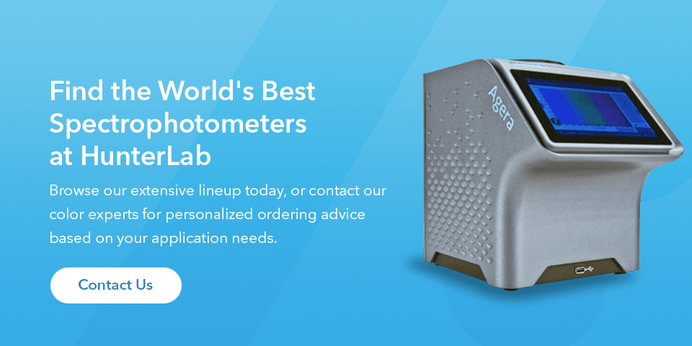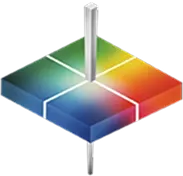
“Spectrometer” is a general term for any instrument that measures how electromagnetic radiation interacts with matter. A spectrophotometer is a specific type of spectrometer designed to measure how much light is reflected or transmitted by a sample across a range of wavelengths representing typical human vision. Both are critical quality assurance equipment in many industries, yet each has its distinct purposes and ideal applications. Exploring their traits and differences will help you determine which option best meets your unique business demands.
What Are Spectrometers?
This equipment quantifies the electromagnetic radiation within specific wavelengths of a sample.
Modern spectrometer types include the following:
- Nuclear magnetic resonance (NMR) spectrometers that help biochemists evaluate the properties of organic molecules
- Optical spectrometers that measure the intensity of light at different wavelengths to analyze the optical properties of a sample
- Mass spectrometers that analyze a sample's molecular mass to help identify its molecular composition
Benefits of Spectrometers
Advantages of spectrometers include:
- Sensitivity: These advanced solutions can detect even trace amounts of many elements and compounds and minute variations within samples.
- Versatility: Spectrometers can quantify spectra from liquids, solids, and gases.
- Wide spectrum: Optical spectrometers can measure and quantify wavelengths beyond the visible spectrum, such as ultraviolet rays and infrared light.
Ideal Applications for Spectrometers
These solutions are essential in many industries and applications, such as:
- Life sciences
- Criminal forensics
- Material characterization
- Pollution monitoring
- Space exploration
- Water quality
- Agricultural analysis


